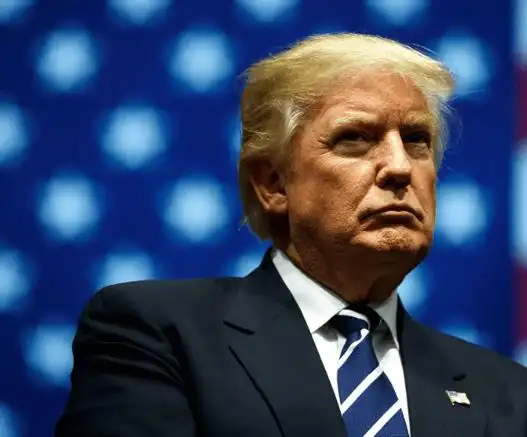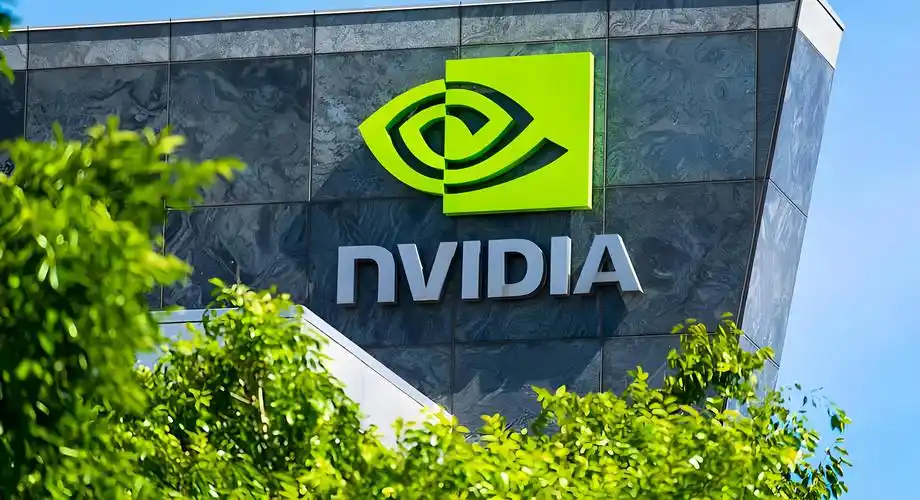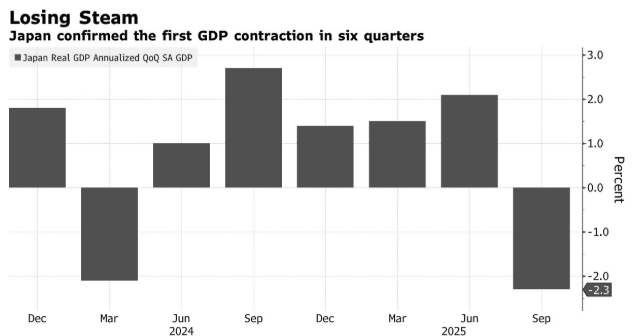US President Donald Trump has doubled tariffs on Indian goods to 50% as a punishment for India’s purchase of Russian oil. This move has exacerbated the dispute between India and this important Asian partner and sparked anger in New Delhi.
The White House said on Wednesday that Trump signed an executive order imposing a 25% tariff on Indian imports, which will be added on top of the 25% tariff he announced last week. According to the executive order, the higher tariffs will come into effect within 21 days, leaving some time for negotiations.
Indian Prime Minister Narendra Modi’s government fought back after Trump announced the news, saying that these purchases were crucial to the country’s energy security and criticizing Trump for unilaterally targeting India while other countries were also buying Russian oil. Rahul Gandhi, the leader of the opposition in India, also criticized Trump as a “bully”.
A spokesperson for the Indian Ministry of Foreign Affairs said in a statement: “We reiterate that these actions are unfair, unjust and unreasonable.” India will take all necessary actions to protect its national interests.
Trump has asked Russian President Vladimir Putin to reach a ceasefire agreement with Ukraine by August 8, otherwise he will face sanctions and has threatened Russia’s major trading partners, such as India, to consolidate its influence. Although the talks between US and Russian officials on Wednesday did not immediately lead to a breakthrough, Trump later said that he was “very likely” to meet with Putin and Ukrainian President Volodymyr Zelensky soon to bring about peace again.
Most investors took this news in stride. Oil prices rose slightly after five days of decline (the longest fall since May), while the iShares MSCI India ETF closed 0.3% lower in U.S. trading on Wednesday. In the offshore market, the one-month forward exchange rate of the US dollar against the rupee has remained stable at around 87.9.
Although it is still possible to reach an agreement to avoid raising tax rates, Trump’s recent fierce attacks on India have quickly damaged US-India relations. Previously, successive US administrations have all attempted to draw India in to balance China. Trump’s claim that the Indian economy is “dead”, its tariff barriers are “disgusting”, and the Indian people are indifferent to the plight of Ukrainians – this has exacerbated the tensions. Previously, Trump claimed earlier this year that he had reached a peace agreement with Pakistan, which enraged India.
Once implemented, higher tax rates will further hit the Indian economy. Bloomberg Economics estimates that a 50% tariff could lead to a 60% reduction in India’s exports to the United States, equivalent to 0.9% of its GDP at risk. This will particularly hit labor-intensive industries, such as gemstones and jewelry, textiles, footwear, carpets and agricultural products.
Chettner Kumar and Adam Faral of Bloomberg Economics said in a report: “This move does not seem to be aimed at pressuring Moscow, but rather at forcing India to make concessions in the stalled trade negotiations.” It is worth noting that Trump has not yet imposed similar penalties on other major buyers of Russian crude oil, including China, or Russia itself, and has postponed the implementation by three weeks. This indicates that this is merely a bargaining chip rather than a policy.
After months of negotiations with New Delhi, Trump unilaterally imposed a 25% “reciprocal” tariff on Indian goods, which will take effect on Thursday. He accused the Modi government of refusing to relax market access for American goods and criticized India’s membership as a developing economy among the BRICS countries. India has always been reluctant to import more agricultural products, especially to protect its agricultural and dairy industries.
Although India remains open to negotiations, Trump’s tariff threats are eroding the goodwill between the two countries and may prompt Modi to draw closer to Russia and China. According to a report by Reuters on Wednesday, Modi plans to visit China later this month, which will be his first visit in more than seven years. Earlier this year, before the deterioration of Sino-US relations, key members of the Indian cabinet had visited Beijing many times. This visit has already been included in the plan.
Although Modi did not name Trump, after the tariff threat, he showed a tough tone, warning of the volatile international situation and urging India to purchase domestic products. The move by the US President to impose a 50% tariff has sparked a rare unity in the Indian political arena.
“Trump’s 50% tariff is economic blackmail – an attempt to force India to reach an unfair trade agreement,” Gandhi, the leader of the opposition Congress Party and a major rival of Modi, said in a post on the X website. Prime Minister Modi had better not let his weakness override the interests of the Indian people.
Another opposition lawmaker, Shashi Tharoor, urged the Modi government to seek other trading partners and said he expected the current domestic pressure in India to impose reciprocal tariffs on goods shipped from the United States to this South Asian country.
Trump’s threat to impose tariffs on the pharmaceutical industry could also deal a major blow to India, as the pharmaceutical industry is one of India’s three major export sectors to the United States. According to data from India’s Ministry of Commerce, India’s pharmaceutical exports will exceed 10.5 billion US dollars in 2024-2025. The imposition of additional tariffs on medicines will adversely affect more than 40% of India’s exports to the United States, not including the current tariffs imposed by India on steel, aluminium and automobiles.
Ajay Sahai, the director general of the Federation of Indian Export Organizations, said that Trump’s move was a “serious setback” for Indian businesses as orders had been put on hold. “This additional blow could force exporters to lose long-term customers,” he said.
Trump also used tariffs as a tool to try to force Putin to end the invasion of Ukraine. At present, the invasion has entered its fourth year. During his 2024 campaign, Trump boasted that he could end the conflict on his first day in office, but he became increasingly frustrated as efforts to mediate a ceasefire made little progress.
Allies of Ukraine say that energy purchases by India, China and other countries have supported Putin’s economy and weakened the pressure on Moscow to end the war.
On Wednesday, when asked why tariffs were not imposed on Chinese purchases of Russian oil, Trump said, “It might.” However, White House advisor Peter Navarro played down this possibility in another meeting with reporters.
“We have imposed tariffs on China by more than 50%,” Navarro said. We don’t want to end up in a situation that harms our own interests.


